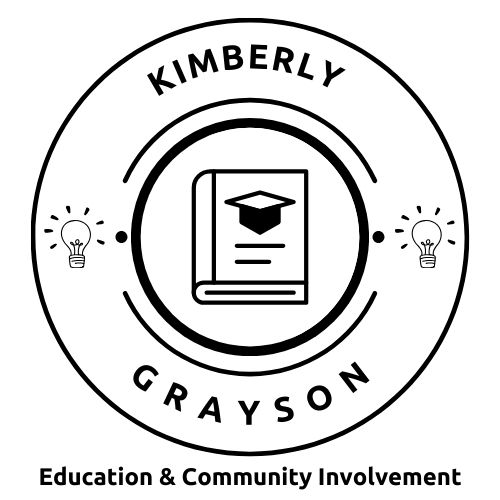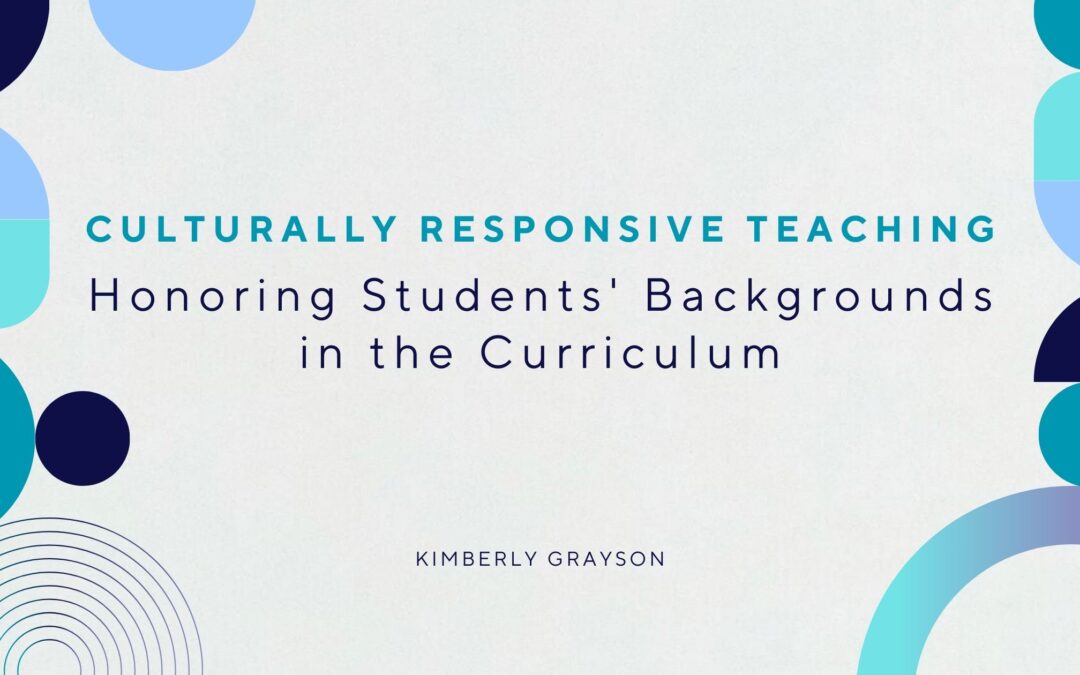Education is not a one-size-fits-all endeavor; each student brings their unique background, experiences, and culture to the classroom. Culturally responsive teaching (CRT) recognizes the importance of honoring and valuing students’ diverse cultural identities in the curriculum. Educators can create more inclusive and engaging learning experiences that promote academic achievement and cultural competence by incorporating students’ cultural backgrounds into instruction.
Understanding Culturally Responsive Teaching
Culturally responsive teaching is a pedagogical approach that centers on recognizing and respecting the cultural diversity of students. It involves adapting teaching methods, curriculum content, and classroom environments to reflect and affirm students’ cultural identities. CRT is grounded in the belief that learning is enhanced when students see themselves reflected in the curriculum and when their cultural backgrounds are integrated into instruction.
Benefits of Culturally Responsive Teaching
Culturally responsive teaching offers numerous benefits for students, educators, and the broader school community. Firstly, it promotes a sense of belonging and validation for students from diverse cultural backgrounds. When students see their cultures, languages, and traditions represented in the curriculum, they feel valued and respected, leading to higher engagement and motivation.
Moreover, culturally responsive teaching helps bridge the gap between students’ home cultures and the school environment. Educators can make learning more relevant and meaningful by incorporating students’ cultural backgrounds into instruction and fostering connections between students’ lived experiences and academic content.
Furthermore, CRT promotes cultural competence and empathy among students. By learning about diverse cultures and perspectives, students develop a deeper understanding of themselves and others, enhancing their ability to navigate relationships and interact respectfully in an increasingly diverse society.
Principles of Culturally Responsive Teaching
Culturally responsive teaching is guided by several fundamental principles, including:
- Cultural Awareness: Educators must recognise their cultural biases and assumptions and strive to create a classroom environment that respects and values diversity.
- Cultural Sensitivity: Teachers should be sensitive to their students’ cultural backgrounds and experiences, recognizing that different cultural groups may have unique ways of learning and communicating.
- Cultural Relevance: Instruction should be culturally relevant, incorporating examples, materials, and activities that reflect students’ cultural backgrounds and experiences.
- Student Voice and Choice: CRT emphasizes the importance of giving students voice and choice in their learning, allowing them to share their perspectives, experiences, and interests in the curriculum.
- Critical Consciousness: Educators should encourage students to critically analyze and question dominant narratives and stereotypes, empowering them to challenge injustice and advocate for social change.
Implementing Culturally Responsive Teaching
Implementing culturally responsive teaching requires ongoing reflection, collaboration, and professional development. Educators can incorporate CRT into their practice by:
- Building Relationships: Establishing positive and trusting relationships with students based on mutual respect and understanding.
- Getting to Know Students: Taking the time to learn about students’ cultural backgrounds, interests, and experiences and integrating this knowledge into instruction.
- Adapting Curriculum: Modifying curriculum content and instructional materials to reflect students’ cultural diversity and address their learning needs and interests.
- Fostering Inclusivity: Creating a classroom environment that celebrates diversity, promotes equity, and encourages students to share their cultural identities and perspectives.
- Seeking Feedback: Soliciting feedback from students and families about the cultural responsiveness of instruction and making adjustments based on their input.
Conclusion
Culturally responsive teaching is a powerful tool for promoting equity, inclusion, and academic success in education. By honoring and valuing students’ cultural backgrounds in the curriculum, educators can create more engaging and meaningful learning experiences that empower students to succeed academically and thrive socially and emotionally. As we prioritize culturally responsive teaching in our schools, we move closer to realizing our shared vision of education as a pathway to equity, opportunity, and social justice for all students.

